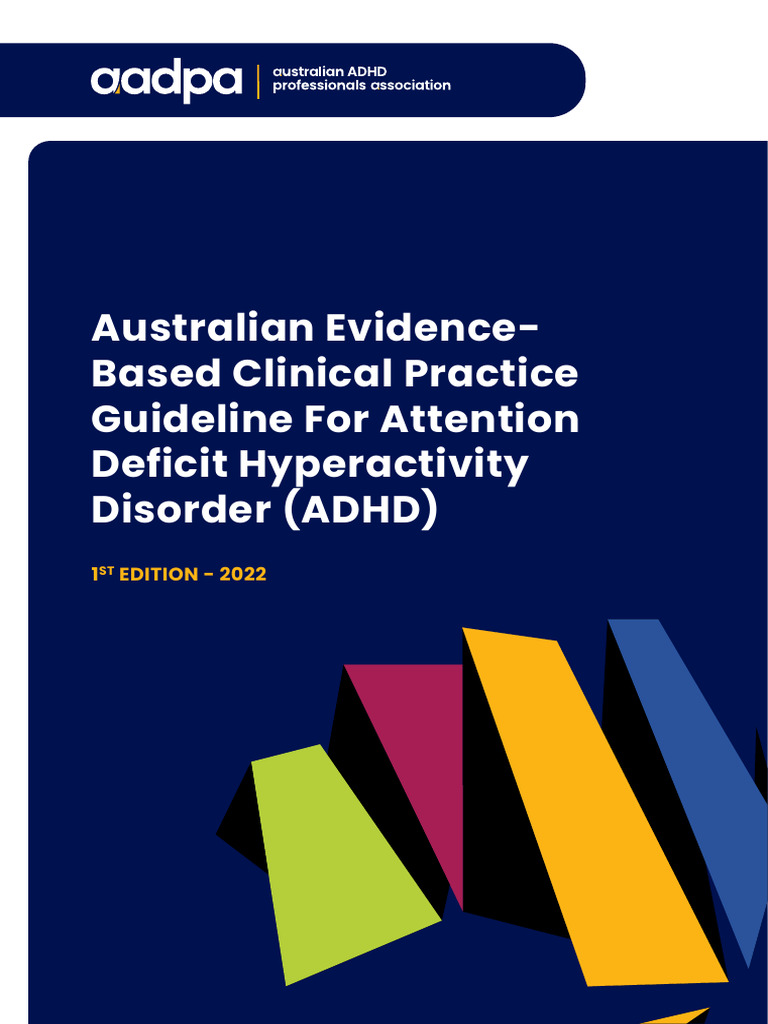Suspecting Adult ADHD? A Guide To Diagnosis And Treatment

Table of Contents
Understanding the Symptoms of Adult ADHD
Adult ADHD, or attention-deficit/hyperactivity disorder, manifests differently in adults than in children. While hyperactivity might be less pronounced, challenges with inattention and impulsivity often persist and significantly impact daily life. Recognizing these symptoms is crucial for seeking help.
Inattention Symptoms: The Silent Struggle of Adult ADHD
Many adults with ADHD primarily struggle with inattention, often overlooking the less obvious signs. This can lead to significant difficulties in various aspects of life. Common inattention symptoms include:
- Difficulty sustaining attention in tasks or play: Finding it hard to concentrate on work, conversations, or even enjoyable activities.
- Difficulty organizing tasks and activities: Struggling with time management, prioritizing tasks, and maintaining a structured schedule. This can lead to missed deadlines and feelings of overwhelm.
- Often forgetful in daily activities: Misplacing items, forgetting appointments, or neglecting responsibilities.
- Easily distracted by extraneous stimuli: Being easily sidetracked by noises, conversations, or thoughts, making it difficult to focus on the task at hand.
- Often loses things necessary for tasks or activities: Frequently misplacing keys, wallets, documents, or other essential items.
These inattentive symptoms can significantly impact work performance, relationships, and overall well-being.
Hyperactivity and Impulsivity Symptoms: Beyond the "Hyper" Label
While hyperactivity might be less evident in adults, impulsivity often remains a significant challenge. This can manifest in various ways, including:
- Often fidgets with hands or feet or squirms in seat: Restlessness and an inability to sit still, even in situations requiring stillness.
- Often leaves seat in situations where remaining seated is expected: Difficulty remaining seated during meetings, lectures, or social events.
- Often talks excessively: Interrupting conversations, dominating discussions, or speaking without considering the context.
- Often blurts out an answer before a question has been completed: Responding impulsively without fully considering the question or the consequences.
- Often has difficulty waiting their turn: Impatience and difficulty delaying gratification, often leading to frustration and conflict.
- Often interrupts or intrudes on others: Difficulty respecting personal space or conversational boundaries.
Subtypes of Adult ADHD: Recognizing the Variations
Adult ADHD presents in different ways. The three main subtypes are:
- Predominantly Inattentive Presentation: Characterized primarily by inattention symptoms with minimal hyperactivity or impulsivity.
- Predominantly Hyperactive-Impulsive Presentation: Characterized primarily by hyperactivity and impulsivity symptoms with minimal inattention.
- Combined Presentation: Characterized by a significant combination of inattention, hyperactivity, and impulsivity symptoms.
It's important to note that symptoms can manifest differently in women and men. Women might exhibit more inattentive symptoms, while men might show more hyperactive-impulsive behaviors.
Seeking a Diagnosis for Adult ADHD
A proper diagnosis is crucial for effective treatment. Don't self-diagnose; seek professional help.
The Diagnostic Process: A Comprehensive Evaluation
The diagnostic process typically involves:
- A comprehensive interview: A detailed discussion with a mental health professional about your symptoms, history, and daily challenges.
- Questionnaires (e.g., ASRS): Self-report questionnaires to assess the presence and severity of ADHD symptoms. The Adult Self-Report Scale (ASRS) is a commonly used tool.
- Neuropsychological testing (in some cases): Tests to assess cognitive functioning and rule out other conditions.
It is vital to consult with a psychiatrist or psychologist specializing in ADHD for an accurate diagnosis.
Differentiating ADHD from other conditions: Ruling out other possibilities
Many conditions share similar symptoms with Adult ADHD, including:
- Anxiety disorders: Symptoms like restlessness and difficulty concentrating can overlap.
- Depression: Lack of motivation and difficulty concentrating are common in both.
- Learning disabilities: Difficulties with organization and focus are also present.
A thorough differential diagnosis is essential to ensure accurate identification and appropriate treatment.
Treatment Options for Adult ADHD
Effective management of Adult ADHD often involves a combination of approaches.
Medication Management: Finding the Right Fit
Several medications can help manage ADHD symptoms:
- Stimulant medications: These are often the first line of treatment, increasing dopamine and norepinephrine levels in the brain. Examples include methylphenidate (Ritalin) and amphetamine (Adderall).
- Non-stimulant medications: These are an alternative for those who can't tolerate stimulants or prefer a non-stimulant approach. Atomoxetine (Strattera) is a common example.
It's crucial to work closely with a prescribing physician to find the right medication and dosage. Side effects vary, and careful monitoring is essential.
Therapeutic Interventions: Developing Coping Mechanisms
Therapy plays a vital role in managing ADHD:
- Cognitive Behavioral Therapy (CBT): Helps develop strategies for managing impulsivity, improving organization, and enhancing focus.
- Other therapies: Coaching and support groups can provide additional support and strategies.
Therapy complements medication, providing tools for self-management and improving overall well-being.
Lifestyle Changes: Supporting Your Treatment
Lifestyle adjustments can significantly impact symptom management:
- Improved sleep hygiene: Ensuring adequate sleep is crucial for focus and mood regulation.
- Regular exercise: Physical activity can improve mood, reduce impulsivity, and enhance cognitive function.
- A balanced diet: Nutrition plays a role in brain health and can influence symptom severity.
Conclusion
Suspecting you might have Adult ADHD can be a challenging experience, but understanding the symptoms, seeking professional diagnosis, and exploring treatment options can significantly improve your quality of life. Remember, obtaining a proper diagnosis from a qualified healthcare professional is crucial for developing an effective treatment plan. Don't hesitate to take the first step towards managing your Adult ADHD symptoms. Schedule an appointment with a specialist today to discuss your concerns and begin your journey towards a more fulfilling and productive life. Learn more about Adult ADHD and find resources to help you on your path to better management. Taking control of your Adult ADHD is achievable with the right support and approach.

Featured Posts
-
 Arne Slot The Architect Of Liverpools Almost Triumphant Season
Apr 29, 2025
Arne Slot The Architect Of Liverpools Almost Triumphant Season
Apr 29, 2025 -
 Capital Summertime Ball 2025 How To Buy Tickets And Avoid Missing Out
Apr 29, 2025
Capital Summertime Ball 2025 How To Buy Tickets And Avoid Missing Out
Apr 29, 2025 -
 Papal Conclave Debate Over Convicted Cardinals Voting Rights
Apr 29, 2025
Papal Conclave Debate Over Convicted Cardinals Voting Rights
Apr 29, 2025 -
 Legal Battle Brewing Us Attorney Generals Stand Against Transgender Athletes In Mn
Apr 29, 2025
Legal Battle Brewing Us Attorney Generals Stand Against Transgender Athletes In Mn
Apr 29, 2025 -
 Arizona Speedboat Competition Dramatic Footage Of Record Attempt Gone Wrong
Apr 29, 2025
Arizona Speedboat Competition Dramatic Footage Of Record Attempt Gone Wrong
Apr 29, 2025
